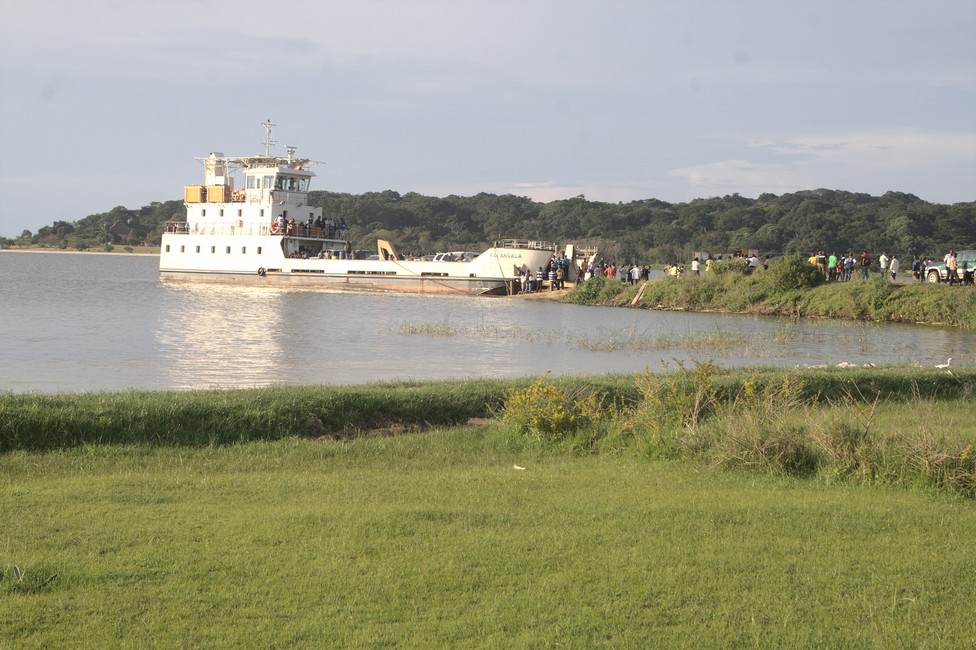Lake Victoria in Uganda
Lake Victoria in Uganda: The Heart of the Pearl of Africa
Lake Victoria, often referred to as the “Jewel of Africa” and one of the African Great Lakes, is a geographical and cultural centerpiece of East Africa. Nestled in the heart of Uganda, this vast freshwater lake plays a pivotal role in the country’s natural beauty, ecological diversity, and economic development. In this comprehensive 2000-word guide, we will embark on a journey to explore Lake Victoria in Uganda, uncovering its formation, significance, challenges, and the multifaceted ways it influences the lives of the people and wildlife that call its shores home.

1. Introduction to Lake Victoria
1.1 Geography and Location
Lake Victoria is the largest lake in Africa and the second-largest freshwater lake in the world by surface area, surpassed only by Lake Superior in North America. It is situated in East Africa and shares its shores with three countries: Uganda, Kenya, and Tanzania. The largest portion of the lake, approximately 45%, belongs to Tanzania, while Uganda claims around 43%, and Kenya has the remaining 12%.
1.2 Formation and Origin
Lake Victoria was formed around 400,000 years ago during the Pleistocene epoch. It is believed to have originated from the rifting of the East African Rift System. This tectonic activity created a massive depression that eventually filled with water, giving birth to Lake Victoria. The lake’s primary inflow and outflow are the Kagera River and the Nile River, respectively.
2. Biodiversity of Lake Victoria
2.1 Aquatic Life
Lake Victoria is renowned for its extraordinary aquatic biodiversity. The lake is home to a wide variety of fish species, with several being endemic, meaning they are found nowhere else on Earth. The most famous of these is the Nile perch (Lates niloticus), a top predator in the lake, which has had significant ecological and economic impacts.
2.2 Birdlife
The lake and its surrounding wetlands are a haven for bird species. Birdwatchers are drawn to the area to observe both resident and migratory species, including pelicans, cormorants, fish eagles, and numerous waterfowl.
2.3 Wetlands and Ecosystems
The wetlands and swamps around Lake Victoria support diverse ecosystems. These areas play vital roles in water purification, flood control, and habitat for various wildlife, including birds, amphibians, and insects.
3. Economic Significance
3.1 Fisheries
The fisheries of Lake Victoria are a critical source of livelihood and food for millions of people in the region. The lake’s fishery industry generates substantial revenue and provides employment opportunities. However, it has faced challenges related to overfishing, habitat destruction, and the introduction of invasive species.
3.2 Agriculture
The fertile lands surrounding Lake Victoria are ideal for agriculture. The lake’s water is used for irrigation, enhancing agricultural productivity in the region. Crops such as rice, maize, and vegetables are cultivated, contributing to local and national food security.
3.3 Transport and Trade
Lake Victoria serves as a major transportation route, connecting the landlocked countries of Uganda, Rwanda, and Burundi to the global market through the port of Mwanza in Tanzania. This facilitates trade and economic growth in the region.
4. Environmental Challenges and Conservation Efforts
4.1 Water Pollution
The lake faces pollution challenges, including sewage discharge, industrial effluents, and agricultural runoff. These pollutants can harm the water quality and aquatic life. Conservation efforts aim to reduce pollution and promote sustainable land and water management practices.
4.2 Invasive Species
The introduction of non-native species, such as the water hyacinth and Nile perch, has disrupted the lake’s ecosystem. Conservationists work to mitigate the impact of invasive species and restore the balance of the native fauna and flora.
4.3 Overfishing
Overfishing has been a significant challenge, leading to declines in some fish populations. Conservation initiatives and fisheries management aim to promote sustainable fishing practices and preserve the lake’s fish stocks.
5. Cultural Significance
Lake Victoria is intertwined with the cultures and traditions of the communities that inhabit its shores. It holds spiritual significance for many indigenous people and plays a central role in their daily lives.
5.1 Fishing Communities
Fishing communities around Lake Victoria have unique cultural practices, including traditional dances, music, and rituals. The lake is a source of identity and livelihood for these communities.
5.2 Lake Festivals and Celebrations
Lake Victoria is celebrated through various cultural festivals and events that showcase the traditions, folklore, and heritage of the communities living along its shores.
6. Ecotourism and Recreation
Lake Victoria offers a range of recreational and ecotourism activities, including boat safaris, sport fishing, and island visits. Tourists can explore the lake’s beauty, its islands, and the diverse ecosystems in the surrounding areas.
7. Conclusion: Lake Victoria, Uganda’s Aquatic Legacy
Lake Victoria is more than a geographical feature; it is a dynamic and living entity that shapes the landscape, ecology, and lives of the people in Uganda and the East African region. It presents opportunities and challenges, and its conservation is pivotal for the sustainable development of the region. As the “Jewel of Africa,” Lake Victoria continues to inspire awe, wonder, and a sense of responsibility for its protection and the well-being of those who depend on it.